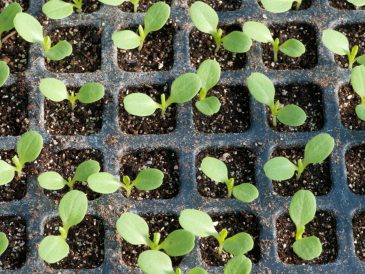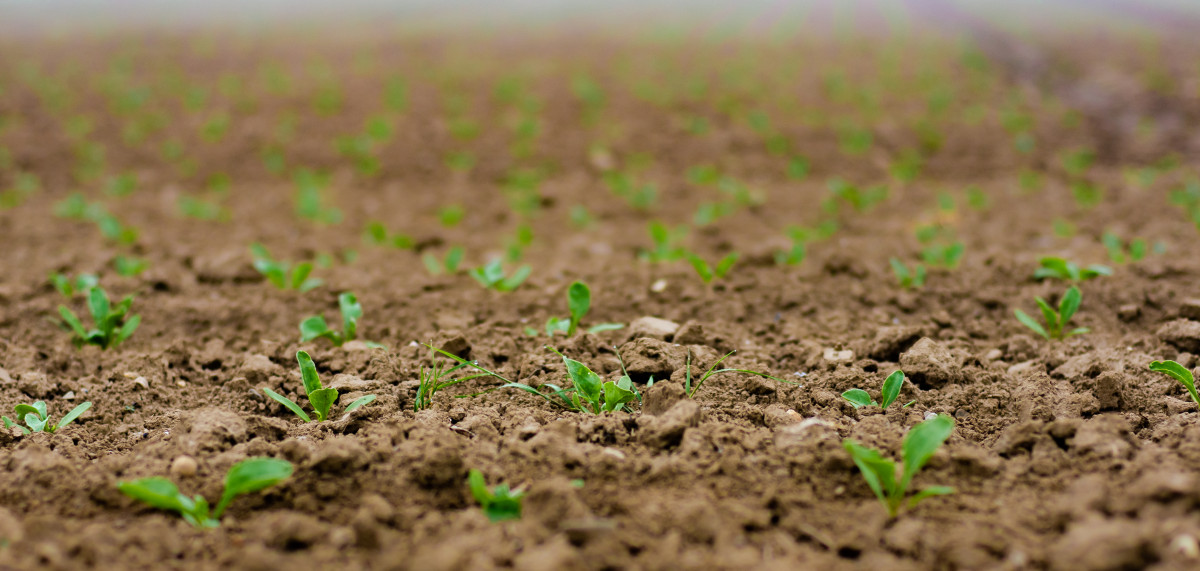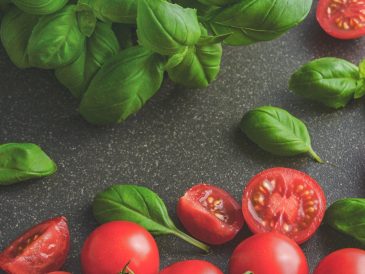In recent years, kale has taken the nutrition world by storm, earning a reputation as a superfood due to its exceptional health benefits. While it’s readily available in grocery stores, cultivating your own kale in your backyard not only guarantees a fresh supply but also lets you experience the joy of homegrown produce. In this article, we’ll explore the many virtues of kale, the basics of growing it in your garden, and some delicious recipes to make the most of this green powerhouse.
The Kale Craze: Why Kale is a Superfood
Kale, a member of the Brassica family, is a leafy green vegetable that’s packed with nutrients and antioxidants. Its rise to superfood stardom is well-deserved, thanks to the following impressive qualities:
Nutrient Density: Kale is a nutritional powerhouse, containing vitamins A, C, and K, as well as calcium, potassium, and folate. It’s also rich in fiber and low in calories, making it an ideal choice for those seeking to boost their health without excess calories.
Antioxidant-Rich: Kale is known for its high levels of antioxidants, such as quercetin and kaempferol, which help protect the body against chronic diseases and inflammation.
Cancer-Fighting Properties: The glucosinolates in kale can potentially help inhibit the growth of cancer cells, particularly in the colon.
Bone Health: With a substantial amount of vitamin K, kale promotes strong bones and reduces the risk of osteoporosis.
Heart Health: Kale’s fiber, potassium, and anti-inflammatory properties contribute to heart health by lowering cholesterol levels and reducing blood pressure.
Detoxification: The sulfur compounds in kale support the body’s detoxification processes and liver health.
Growing Kale in Your Garden
Growing kale in your own backyard is a rewarding and straightforward endeavor. Here are the steps to get you started:
1. Choose the Right Variety: There are several kale varieties to choose from, such as Curly Kale, Lacinato Kale (also known as Dinosaur Kale), and Red Russian Kale. Select the one that suits your taste and climate best.
2. Find the Perfect Location: Kale thrives in cool weather. Choose a spot in your garden that receives partial to full sun. Well-drained soil with a slightly acidic to neutral pH level is ideal for kale.
3. Planting Kale Seeds or Seedlings: You can start kale from seeds indoors in early spring, or directly sow them in the garden after the last frost. Alternatively, purchase kale seedlings from a local nursery for a head start.
4. Spacing: Space kale plants about 12-18 inches apart to allow sufficient room for growth. Rows should be approximately 18-24 inches apart.
5. Watering and Fertilizing: Keep the soil consistently moist but not waterlogged. A balanced, all-purpose fertilizer can help promote healthy growth. Be mindful not to over-fertilize, as it can lead to an excessive supply of nitrogen and a less flavorful crop.
6. Pest Management: Kale is relatively resistant to pests, but you may still encounter aphids or cabbage worms. Regularly inspect your plants and consider using natural pest control methods, like neem oil or hand-picking, to maintain a healthy crop.
7. Harvesting Kale: Kale leaves can be harvested when they are about the size of your hand. Start by picking the outer leaves, allowing the center leaves to continue growing. Harvesting in this manner ensures a continuous supply of fresh kale throughout the growing season.
Delicious Kale Recipes
Once you have a thriving kale garden, it’s time to enjoy the delicious and nutritious recipes you can create with this versatile superfood. Here are two delectable options:
Kale Chips
Ingredients:
- Fresh kale leaves, washed and dried
- Olive oil
- Sea salt
- Optional seasonings (e.g., garlic powder, nutritional yeast, or red pepper flakes)
Instructions:
-Preheat your oven to 350°F (175°C).
-Remove the tough stems from the kale leaves and tear the leaves into bite-sized pieces.
-Place the kale in a bowl, drizzle with olive oil, and toss to coat evenly. Add seasonings to taste.
-Spread the kale pieces in a single layer on a baking sheet.
-Bake for 10-15 minutes or until the kale becomes crispy but not brown. Keep a close eye to prevent burning.
-Remove from the oven, let cool, and enjoy your guilt-free kale chips.
Kale and Fruit Smoothie
Ingredients:
-1 cup fresh kale leaves, stems removed
-1 cup fresh or frozen mixed berries (e.g., strawberries, blueberries, raspberries)
-1 ripe banana
-1 cup almond milk (or your preferred milk)
-1 tablespoon honey (optional)
-Ice cubes (optional)
Instructions:
-Place all the ingredients in a blender.
-Blend until smooth and creamy.
-Adjust the consistency by adding more milk or ice if desired.
-Pour into a glass, and you have a refreshing and nutrient-packed kale smoothie.
Kale is a true garden-to-table superstar that not only offers a wealth of health benefits but also adds vibrant color and flavor to your meals. Whether you’re a seasoned gardener or a novice, growing kale in your backyard is a satisfying experience that will have you embracing this nutritious superfood in your everyday cooking. Plus, when you serve kale dishes to your family and friends, they’ll appreciate the freshness and love you put into your homegrown produce. So, get your hands dirty and cultivate kale in your garden—it’s the superfood that keeps on giving.




